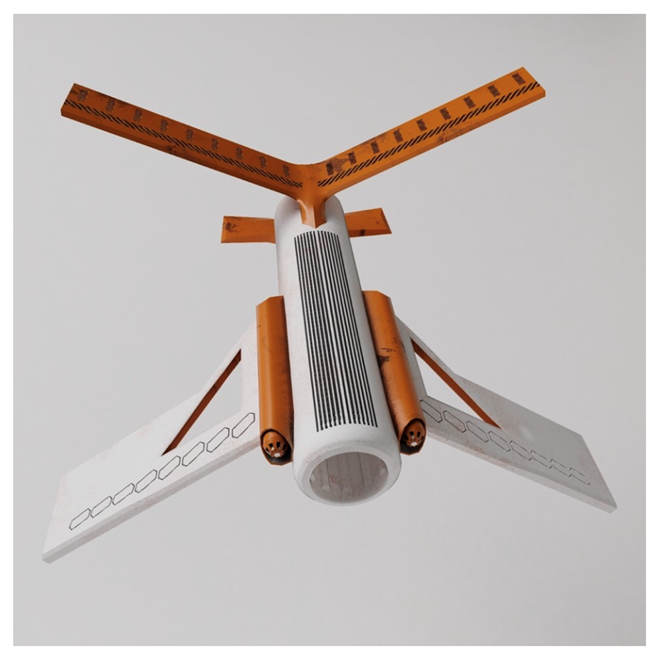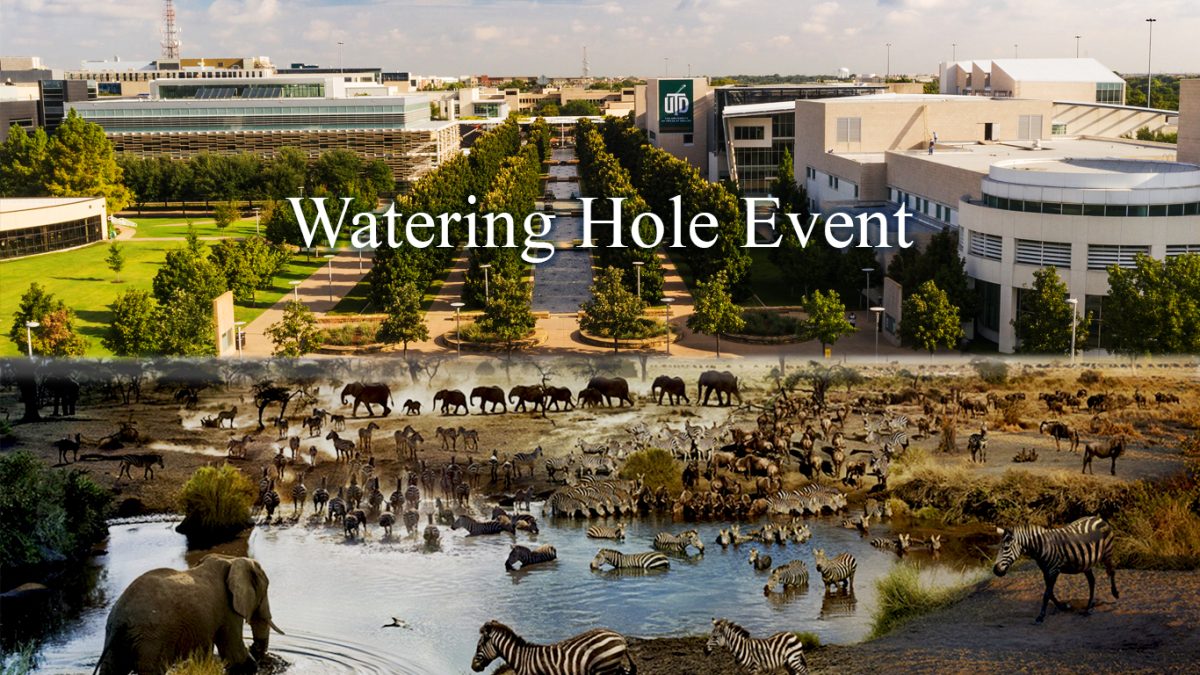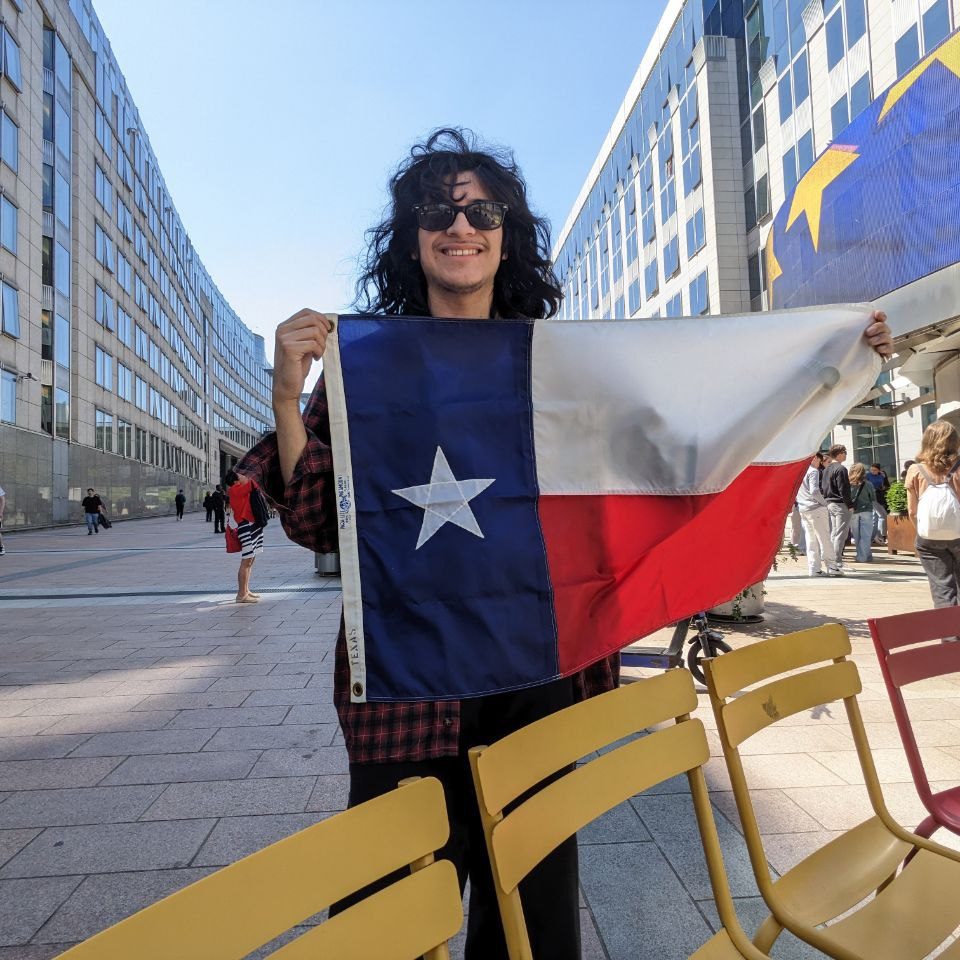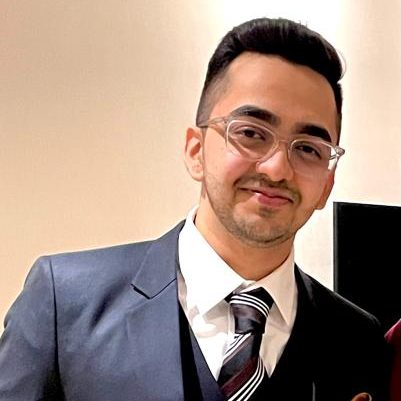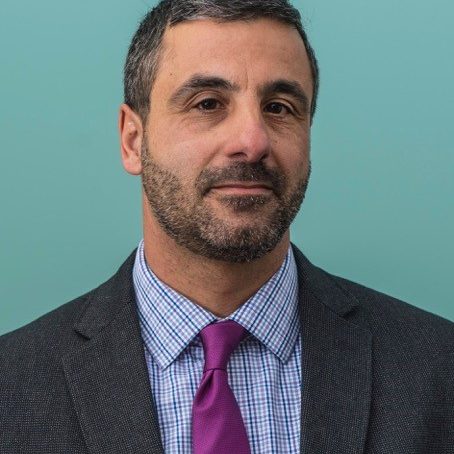Comet to Mars Team from UT Dallas competed in a NASA Tournament Lab’s Mars XR 2 Global Challenge and Won in 13th place, out of around 4000 global participants!
Our UT Dallas “Comet to Mars” Team competed over the summer in NASA’s Mars XR 2 Challenge, which involved the development of tools, equipment, and scenarios for future Martian astronauts to use in their training before their missions. The challenge was open to participants from around the world, with approximately 4,000 teams taking part. Despite not having a prior aerospace engineering background and focusing on skills in video game development, our team managed to secure the 13th position. NASA recognized our submission as excellent for applying 3D modeling, rendering, animating, and texturing skills using various software tools such as Unreal Engine 5, Autodesk Maya, and Blender.
Thank you for visiting our exhibition. Please enjoy the tools and equipment we’ve created and join us in experiencing Mars as we envisioned it during the competition. We plan to continue competing in the next challenge, so please reach out to us if you’d like to be part of our team.
We have 3D printed the tools and equipment, please feel free to grab them. Ad astra!
About the team
Our team consists of students from UT Dallas with diverse majors, ranging from Computer Science to Arts, Technology, and Communications. Several of our members are also affiliated with UT Dallas’ ArtSciLab, but what unites us all is a profound and passionate enthusiasm for envisioning worlds where exploration and pioneering are central themes. We firmly believe that our collective creativity and ingenuity will play a pivotal role in assisting astronauts as they prepare for the most challenging missions to Mars and beyond.
Alejandro Garcia
Alejandro Garcia is currently a researcher at UT Dallas’ ArtSciLab. He is a Computer Science and Finance Undergrad with interests in Futuristic technology and in merging the arts and technology. He is one of the founders of the rocket club on the campus which will be competing in NASA’s 2024 student launch. He is graduating in December 2023 and will be pursuing a career in Aerospace as well as working in his own artistic projects.
Andrew Duarte
Andrew Duarte is graduating in Spring 2024, currently studying at the University of Texas at Dallas with an undergraduate degree in Arts, Technology, and Emerging Communications. He specializes in 3D character animation in both Maya and Blender, and has 8 years of game programming experience in Unreal Engine with 2 years experience in Unity game engine. His interest in these specialties started by working on personal projects where he recreated game systems. He is interested in working in game animation, VR simulations and VFX that relates to animation, effect simulations and virtual environments.
Evan Acuna
Evan Acuna is spring 2023 graduate with an undergraduate in Art, Technology, and emerging communications. currently working as a temporary research assistance at the University of Texas at Dallas in collaboration with the ArtSciLab. Proficient in 3d modeling, UV, and Texture art, Evan designed 8 individual assists for the 4 scenarios. Evan will continue to pursue creative opportunities within the near future to build his portfolio and work to become a sustainable creative professional.
Michael Tran
Michael Tran is an Undergraduate Student studying at the University of Texas in Dallas. His major is Arts and Technology with a focus on Virtual Environment and Level Design for Games and will be graduating in the Fall of 2024. He has 3 years of experience with Autodesk Maya and has skills in 3D Modeling, Surfacing, and Rigging. Currently he is working with the Art and Science Lab at UT Dallas and is gaining more experiences and knowledge about his field of studies and variety of other topics.
Chris Gauthier
Chris Gauthier is a recent Summa Cum Laude graduate of the University of Texas at Dallas with a BA in Animation and Games, with a focus in modeling, surfacing, lighting, and compositing. He has 10 years of personal experience working in 3D computer graphics, primarily in Blender but also in many other DCC applications; this started with making realistic VFX for integration with live-action personal short films but has expanded to a broad range of applications. Currently he is working as a researcher at the Virtual Reality, Augmented Reality, and Simulation Technology (VAST) Lab at UT Dallas. He is open to a wide range of career paths and fields.
The ArtSciLab
All the team are members of the ArtSciLab which is an ATEC lab which nurtures the collaboration between the arts and sciences has the potential to create new knowledge, ideas, and processes beneficial to many disciplines. We work on initiatives that could not be accomplished without the collaboration of artist, designers, and scientists.
The Challenge
On behalf of NASA, Buendea, and Epic Games, this challenge is seeking the design and creation of new assets and scenarios for the new Mars XR Operations Support System (XOSS) environment, using Epic Games’ Unreal Engine 5. This new iteration of the challenge will have two phases – (1) a Storyboarding phase for outlining concepts, and (2) a development phase for creating assets and scenarios. Solvers can submit to either phase alone, or to both phases. Phase 2, Development, will be informed by the winning solutions from Phase 1. Create and expand Virtual Reality (XR) research, development, and testing environments to help NASA prepare for the situations that will be encountered on Mars.
The Scenarios
Scenario 1 – The Red Butterfly: Gliding to Recover Container and Gather Data
The mission aims to rescue a lost container with Martian soil and biological traces. Astronauts must find a capsule far from the base, containing a glider to speed up container recovery. They must check the status of various equipment to avoid delays. Time is crucial as the samples could decay. After recovering the container, the glider’s data will reveal Martian terrain details, analyzed by AI to identify exploration hotspots.
Scenario 2 – Martian Treasure Finders: Link Laying & Rare Minerals Collecting
Martian astronauts face geology challenges as they expand their Mars base. They deploy the Drilldoser to break soil, lay pipes and electrical, creating a resource link for a new base. The Drilldoser’s sensors detect rare minerals, prompting careful collection. They find the minerals valuable and non-harmful and continue scanning, discovering a large deposit in a cave. They bring a Hauler with a crane to collect and study the minerals back at the base.
Scenario 3 – Red Rescue: Astronaut Rescue & 3D printing Solutions
The mission for the astronauts is to rescue two astronauts whose exploration vehicle crashed during a Martian dust storm. AstronautNPC broke his leg on the crash and Astronaut1 broke his helmet. AstronautNPC with the broken leg which is a non-playable character will instruct the “blinded” astronaut on what to do to keep them save until the other astronauts comes to help them, which will be Astronaut2. During this process, AstronautNPC will be Astronaut1’s eyes, and Astronaut1 will be AstronautNPC’s body. Astronaut1 and AstronautNPC must 1. Secure their bodies and suit 2. Secure the vehicle during the on-going storm 3. Fix communication system to alert Astronaut2 for a rescue. Astronaut2 in the meantime must 3D print tools to help them come back to the base safe.
Scenario 4 – Martian Cake Habitats: 3D Printing Green House & Maintenance Procedure
The mission for the astronauts is to conduct a full maintenance of the base including assets, and tools. While the astronauts conduct the maintenance check, they must also install and prepare the 3D printer to 3D print a habitat that will be used for as a small green house for future crops. To facilitate the maintenance check of the equipment and tools we have created a large robot dog that will carry the tools for the astronaut next to him/her. At the end, the astronaut will bring the plant into the habitat to symbolize that the astronauts can begin preparing the green house for planting.
What we built – The Assets
We built a total of 22 assets to solve the scenarios mentioned above. The tools and equipment that we accurately and proportionately created will help future missions and training for when astronauts travel to Mars. The ATEC program in 3D modeling, rigging, and animation helped our team with the necessary skills to stand out among hundreds of applicants.
Gamers solving Engineering problems.
While taking classes and working full time over the summer we worked hard to ideate solutions for possible challenges astronauts might face when traveling to Mars. We 3D modeled them, textured them, rigged them, and animated them to resemble in the best way possible, tools that NASA might built and assets that Astronauts might use. We took into consideration the hardships that the Martin environment bring as well as the isolation of being 250 million miles away from Earth.
One of the biggest lessons that we learned from this challenge is the change of disciplines from skills learned for gaming and animation into using them to solve real world engineering scenarios on another planet.






